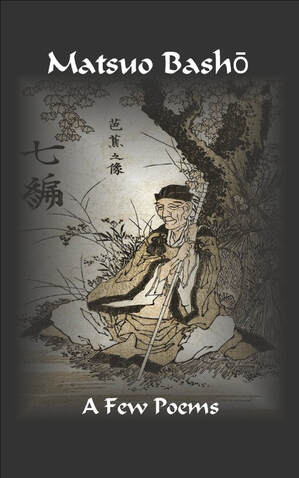
In my grass hut the residents change: a doll’s house Kusa no to mo sumi-kawaru yo zo hina no ie


In Basho: The Complete Haiku, Reichhold says that the mark of a Basho haiku is his ability to “capture both the momentary and the eternal in a small poem.” As we shall see, studying Basho’s haiku in the context of his haibun provides new ways of thinking about the haiku. Within the narrative order of the haibun, one then encounters the poem’s haiku. He does not present much information about this transfer, but, instead, applies a light touch that signifies his unattachedness. With others occupying the house, it is no longer his: it is their’s. As he writes earlier on, there is an anticipation of not-completing the circular trip and dying, like Saigyo, on the journey. The act of ‘giving away’ his hut is significant because it prevents the hut from being a symbol of return, a place waiting for him. Instead, he stays with his rich friend (speculatively, to enjoy a last night of ease before the road) and to pay homage to his benefactor. he doesn’t forsake his area of residence completely, yet (that is left to it’s own haibun, the second in the sequence) and, therefore, overloading his first haibun and negating the importance of the poem’s prior journeying. The act of giving away his residence, of becoming of “no abode” (with its links to Buddhist scripture), is symbolic of entering the trails of those by-gone poets.

The physical journey, which is to make up the base, the grounding of the narrative, begins. Basho’s first haibun continues: I gave my living quarters to someone and moved into Sampu’s villa.


 0 kommentar(er)
0 kommentar(er)
